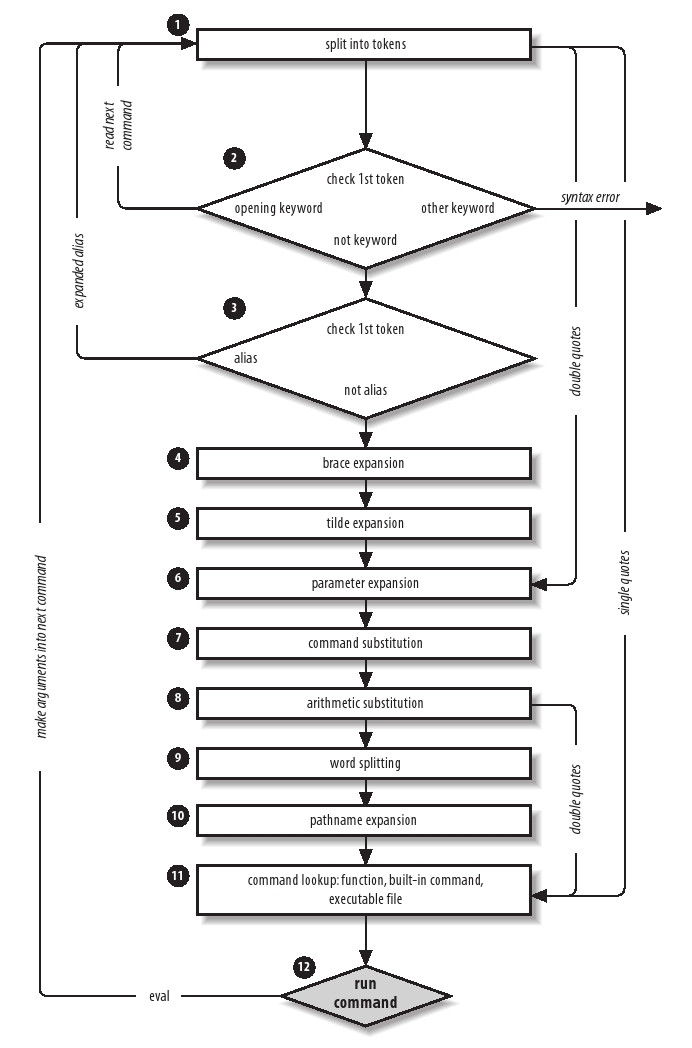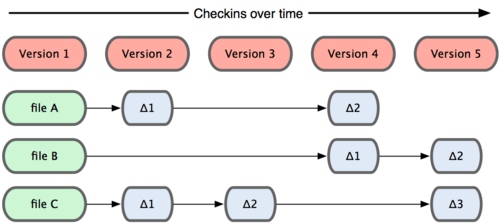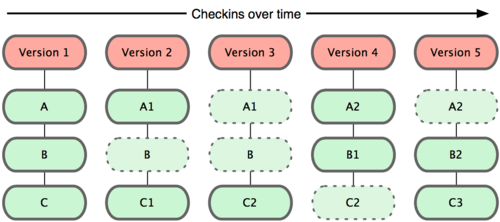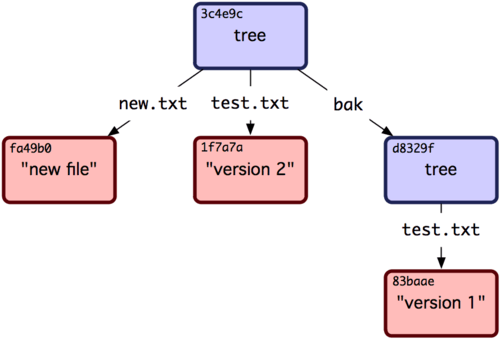About Japanese Learning
I would like to take the J3 level example in the December of 2014.
J3 requires at least master three books, that is, Primary 1, Primary 2 and Middle 1.
Now I have Learned half of them. But besides learning, it is very important to take
exercises as well, which I still did not pay enough attention on.
There are 25 lessions within one book, it usually takes at least two days to learn one
lesson. So it takes two months to learn book, so at the beginning of May I should finish
the learning of them and begin to do exercises.
Weekly Goal: three lessons and one attendance of Japanese language Learning.
Yearly Goal: Pass J3 and make a presentation in the Official building.
About Data Analysis
Now in the working, it is very important to analyze the data of the website, escecially
there is no data analysis in the group now.
Within this year, there will be about 9 opening class in the Coursera which being given by
John Houpkins University.
Weekly Goal: Follow the course in the coursera and finish the exercises as well.
Yearly Goal: Master R and be able to analyze the data in the Google analysis using R.
About Programming
Within this year, a totally new Labola web system will be built. In this way, I should know
everythin the full stack developer should know. Due to lack of knowledge in the web development,
it should be a tough task for me at first, but everything would go well after this year.
From selecting system framework to develop the system and test, publish. I should take the role
and make preparation to be a leader of the develop team.
In order to improve the programming skill, I should participate in the open souce project as well.
weekly Goal: write one blog about the open source project.
Yearly Goal:
2014.2 to 2014.6: read one python open source project and one C++ open source project.
2014.6 to 2014.12 Participate in one open source project.
About interest
About soccer: try to play three times a week and try to be a important part of the team, to be a
player in the real match, not only in the friendship match.
About Learning meeting: try to particitae one learning meeting within one month and try to ask for
questions when particitate.
About social network: use Facebook, weibo, Linked in, tweet more. Make a new post every week about the
technology and about the life each.
About weight: 70KG is the finally goal, reach 72 KG before 2014.6.
At last
Summarize the goals listed weekly, monthly and report.












